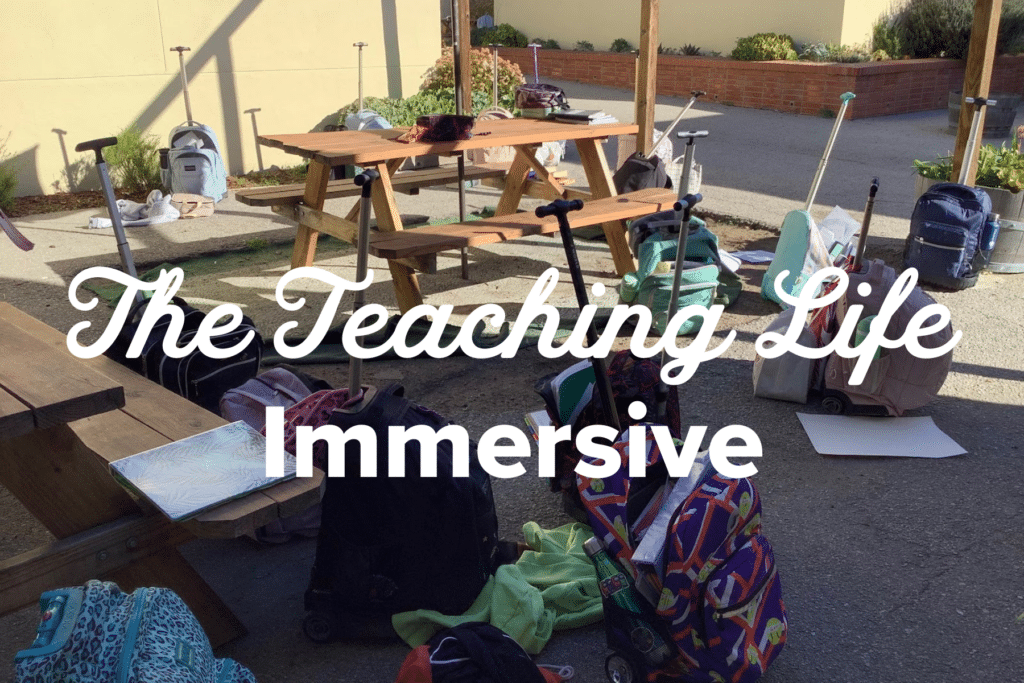Today, October 11, marks two important holidays in the United States: Columbus Day and Indigenous Peoples’ Day. While many of us are familiar with the history of Christopher Columbus, we may be less familiar with the history of Columbus Day itself and even less familiar with Indigenous People’s Day, which only became nationally recognized in the 1990s. Thus, while these two holidays are the center of hot conversation with some today, our goal in this post is to help us all become more familiar with each holiday. We hope this encourages further research and discussion in the settings of your home, and we’ve provided some fresh ideas to get you started below!
A Brief History of Columbus Day
In 1937, President Franklin Delano Roosevelt declared Columbus Day a federal holiday after the Italian American Catholic fraternity, The Knights of Columbus, lobbied Washington to promote Italian culture in the United States. Columbus Day was created to celebrate the contributions of Italian immigrants who faced harsh discrimination and hardship as they fought for social legitimacy in this country. Columbus, long a figure of legendary importance to Italians, was selected as the subject for this federal holiday. The day also asks Americans to reflect on the historical importance of the Columbian Exchange, when the Genoese explorer Cristoforo Colombo landed in and colonized the Caribbean for Spain in 1492, which ushered in an era of European conquest in the Americas. The moment was a critical turning point in laying the foundations of our modern world, particularly ongoing European colonization, global capitalism, the exchange of people, diseases, animals, and plant species around the world, and the eventual formation of modern democratic nation states such as The U.S.A., Mexico, Canada, Haiti, Columbia, Brazil, and more. The Columbian Exchange was an extremely important moment in world history. But for some communities, the event marks a day of mourning.
A Brief History of Indigenous Peoples’ Day
Since the 1970s, Native American, Pacific Islander, and Alaska Native activists have been protesting the celebration of Columbus Day in the United States due to the explorer’s association with the colonization of the Americas and the dismantling of native cultures. Support for Indigenous People’s Day has been growing steadily. In 1990, South Dakota became the first state to officially recognize Indigenous Peoples’ Day. Since then, ten additional states, along with numerous cities, have committed to honoring this land’s original inhabitants in October. While Indigenous Peoples’ Day does seek to bring awareness to the past history, grief, and suffering of the people native to the Americas, it also seeks to honor their descendants—the indigenous people of today—and their important contributions to modern society. In 2017, San Luis Obispo officially adopted Indigenous Peoples’ Day, celebrated in tandem with Columbus Day. The campaign was initiated in partnership with the local Santa Ynez Chumash Band, and was unanimously approved by the San Luis Obispo City Council. While many are familiar with the traditions around Columbus Day, many have less knowledge about the history, experiences, and point of view of indigenous people in America. With that in mind, we hope to provide some context for this holiday and some ideas on how we might honor our indigenous communities this fall and all year.
Here are some ideas on how to learn more about and/or celebrate Indigenous People’s Day:
- Shop consciously: consider buying beautiful, authentic products directly from tribes, nations, and independent native shops
- Attend a regional Powwow, often open to the public
- Learn up-to-date information about indigenous communities and their current economic and political challenges
- Stop by a reservation visitor center, volunteer at a reservation, or donate to a charity
- Buy and display art by indigenous artists, sculptors, and craftsmen/craftswomen
- Support writers! Read indigenous authors, playwrights, poets, and biographers
- Watch movies featuring indigenous actors, writers, and directors
- Educate yourself and others on native history and current events
Want to learn more about and/or celebrate Columbus Day, too? Here are some outside-the-box ideas:
- Explore the impact of the Columbian Exchange! Make one of your favorite recipes at home, and research the history behind each ingredient. Sugar? Grains? Produce? Chocolate? Where did each item originate? Where are these items grown now? Would this recipe be possible before the 15th century? Can you imagine an English meal without potatoes? Italian food without tomatoes? Switzerland or Belgium without chocolate? Hawaii without pineapples? Columbia without coffee?
- Learn! Tune out the political noise, and investigate the accurate history of Christopher Columbus on your own. Then, have a complex, open discussion with your kids. Some questions you can ask:
- How did the Columbian Exchange change the world during the 15th Century?
- How might life look different for all people — Europeans, Americans, people of African descent, and indigenous people – if European explorers had never arrived in this hemisphere?
- What would you do differently if you were an explorer during the Renaissance and landed in the Caribbean?
- Rather than focusing solely on the person of Christopher Columbus, explore another major purpose of the holiday: to celebrate Italian culture and the contributions of Italian Americans and other immigrants to our diverse nation! Learn a new Italian-American recipe, visit Little Italy, watch a Capra or Coppola film, and learn about other Italian Americans who have contributed to our society.
SLO Classical Academy is not affiliated with any of the above-mentioned websites, businesses, organizations, or individuals.
Did this spur any interesting discussions in your household? Please drop us a line in the comments section below if you would like to share any thoughts with your SLOCA community!



















